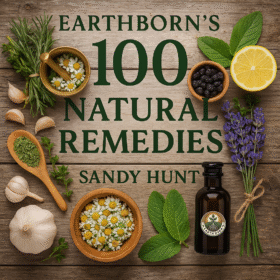-
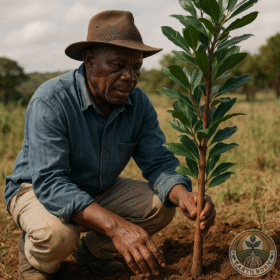
Pepper Bark Tree (Warburgia salutaris)
🌱 Introduction and History The Pepper Bark Tree (Warburgia salutaris), also known as Isibhaha in isiZulu and Peperbasboom in Afrikaans, is a revered evergreen tree indigenous to Southern Africa—most notably South Africa, Mozambique, and Zimbabwe. Belonging to the Canellaceae family, it is named after Dr. Otto Warburg, a German botanist. Traditionally used by indigenous healers, the tree is prized for its aromatic bark and its potent medicinal properties. Due to overharvesting, it is now listed as an endangered species, making sustainable cultivation crucial. 💊 Medicinal Benefits The bark and leaves of Warburgia salutaris are packed with powerful bioactive compounds like… Read more…
-
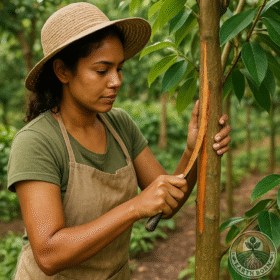
🌱Ceylon Cinnamon (Cinnamomum verum)
Ceylon Cinnamon (Cinnamomum verum), often called True Cinnamon or Sri Lankan Cinnamon, is a highly prized spice native to Sri Lanka and southern India. It belongs to the Lauraceae family and has been cultivated for thousands of years. Ancient Egyptians used it in embalming, Romans valued it for its fragrance, and it was considered more valuable than gold during the spice trade era. Today, Ceylon Cinnamon is celebrated for its delicate, sweet aroma and numerous medicinal properties. 💊 Medicinal Benefits Ceylon Cinnamon contains active compounds such as cinnamaldehyde, eugenol, and linalool, giving it powerful anti-inflammatory, antioxidant, and antimicrobial properties. It… Read more…
-

African mahogany (Khaya senegalensis)
🌱 Introduction and history Khaya senegalensis, commonly known as African Mahogany, is a majestic evergreen tree native to West Africa, particularly Senegal, Nigeria, Ghana, and Mali. Revered for centuries, it is prized for its beautiful reddish-brown timber, which has been used in fine cabinetry, boat building, and musical instruments. Traditionally, African communities also valued its bark and seeds for medicinal preparations. 💊 Medicinal Benefits The bark and seeds of African Mahogany are used in traditional medicine. Key active compounds—triterpenes, flavonoids, and alkaloids—have demonstrated: Antimalarial properties Antimicrobial effects Anti-inflammatory action Relief for gastrointestinal issues like diarrhea and dysentery Treatment for skin… Read more…
-
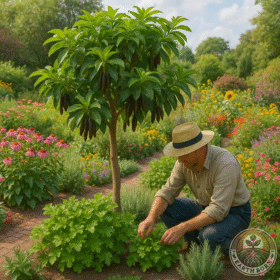
African Pepper (Xylopia aethiopica)
🌱 Intro 🌱 Introduction and historyXylopia aethiopica, commonly known as African Pepper or African Guinea Pepper, is a perennial evergreen tree native to West and Central Africa. Traditionally used in culinary and spiritual practices, its dried fruit pods have a spicy, peppery flavor akin to black pepper and are widely used in African cuisines. Historically, African Pepper was also traded across the Mediterranean and Arab world for its aromatic and medicinal properties. 💊 Medicinal BenefitsAfrican Pepper is revered in traditional medicine for its potent anti-inflammatory, antioxidant, antimicrobial, and analgesic effects. It is used to: Relieve gastrointestinal discomfort such as bloating…
-
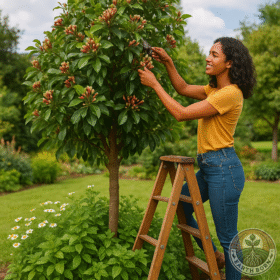
🌱Clove (Syzygium aromaticum)
Clove (Syzygium aromaticum) is an evergreen tree native to the Maluku Islands of Indonesia, known as the “Spice Islands.” These aromatic flower buds have been treasured for over 2,000 years, used in Ayurvedic and Chinese medicine, as well as for culinary and ceremonial purposes across Asia, Africa, and Europe. Its historical trade routes shaped empires and economies, and today, cloves remain a cornerstone of both traditional medicine and global cuisine. 💊 Medicinal Benefits Cloves are powerhouses of medicinal value. The active compound eugenol has proven antiseptic, analgesic, and anti-inflammatory properties. Clove is often used to relieve toothaches, reduce inflammation, support…
-
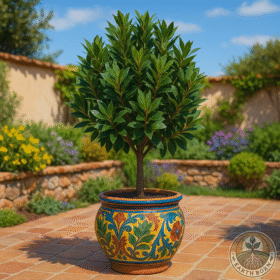
Bay Tree (Laurus nobilis)
🌱 Introduction and history The Bay Tree (Laurus nobilis), also known as Sweet Bay, Bay Laurel, or Grecian Laurel, is a revered evergreen shrub native to the Mediterranean region. This hardy perennial has graced gardens and kitchens for centuries, celebrated for its culinary and medicinal properties. In ancient Greece and Rome, the Bay Tree symbolized victory, wisdom, and protection, often woven into laurel wreaths for heroes and scholars. 💊 Medicinal Benefits Bay leaves are rich in powerful compounds such as eucalyptol, linalool, and methyl eugenol, known for their antimicrobial, anti-inflammatory, and digestive-supporting properties. Traditionally, Bay leaves have been used to…
-
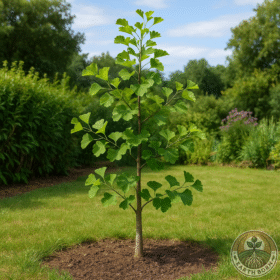
🌱How to Grow and Use Ginkgo Biloba (The Maidenhair Tree)
Ginkgo biloba, often called the Maidenhair Tree, Ginkgo, or Fossil Tree, is one of the world’s oldest living species — a botanical time traveler from an era long before the dinosaurs disappeared. Originally from China, this unique deciduous tree brings not only timeless beauty to your garden but also powerful medicinal benefits. In this guide, we’ll show you how to grow, care for, and harvest Ginkgo biloba in South Africa, and how to use it in natural remedies like teas and tinctures. 💊 Medicinal Benefits of Ginkgo Biloba Ginkgo biloba is treasured for its remarkable health benefits. Scientific studies suggest… Read more…
-
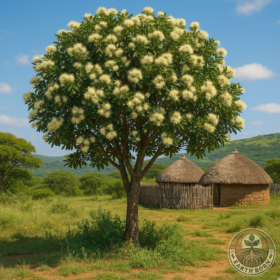
🌿 Grow Guide: Water Berry (Syzygium cordatum)
The Water Berry, also known as Umdoni, Waterboom, or Umthombothi, is a hardy evergreen tree native to Southern Africa, including South Africa, Zimbabwe, and Botswana. Belonging to the Myrtaceae family, it is cherished not only for its beauty and shade but also for its nutritious fruit and healing properties. Let’s explore how you can grow and benefit from this incredible indigenous tree. 💊 Medicinal Benefits Water Berry has been widely used in traditional African medicine. Its leaves and bark are rich in phenolic compounds and triterpenoids, giving it potent antioxidant, anti-inflammatory, and antimicrobial effects. Digestive Aid: Leaf decoctions help soothe… Read more…
-

🌿Buffalo Thorn (Ziziphus mucronata)
Welcome, fellow gardening enthusiasts! Today, we’re exploring Ziziphus mucronata, also known as the Buffalo Thorn or Ziziphus spinosa. This hardy, drought-resistant tree is native to Africa and holds deep cultural and medicinal significance. With its unique zig-zagged branches, sharp thorns, and nutritional fruit, it’s a valuable addition to any garden. 💊 Medicinal Benefits of Ziziphus mucronata Ziziphus mucronata has been used in traditional African medicine for centuries. The bark, leaves, and fruit contain active compounds like triterpenoids, flavonoids, and saponins, offering several health benefits: 🌿 Sedative Properties – A tea made from the bark and leaves is used to treat… Read more…
-
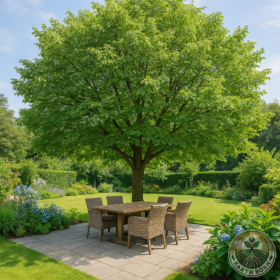
🌳Slippery Elm (Ulmus rubra)
🌱 Slippery Elm (Ulmus rubra) is a medium-sized deciduous tree native to eastern North America, admired for its medicinal inner bark and deep cultural history. Though not indigenous to South Africa, it can still be grown successfully in local gardens under the right conditions. With its elegant form—often reaching heights of 12–18 meters—Slippery Elm can be an impressive and beneficial addition to your landscape. 💊 Medicinal Benefits Soothing Properties: The bark contains mucilage and tannins that help relieve sore throats, coughs, and digestive discomfort. Usage: Often brewed as a tea or ground into powder for poultices. Caution: Allergic reactions are… Read more…
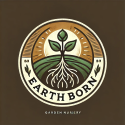

 **Meet Sprout!** Sprout is your friendly gardening companion at Earthborn, always ready with helpful advice on plant care, medicinal herbs, and natural gardening solutions. From seedling to harvest, Sprout provides expert guidance to nurture your garden and your well-being—making gardening easy, fun, and naturally rewarding.
**Meet Sprout!** Sprout is your friendly gardening companion at Earthborn, always ready with helpful advice on plant care, medicinal herbs, and natural gardening solutions. From seedling to harvest, Sprout provides expert guidance to nurture your garden and your well-being—making gardening easy, fun, and naturally rewarding.
